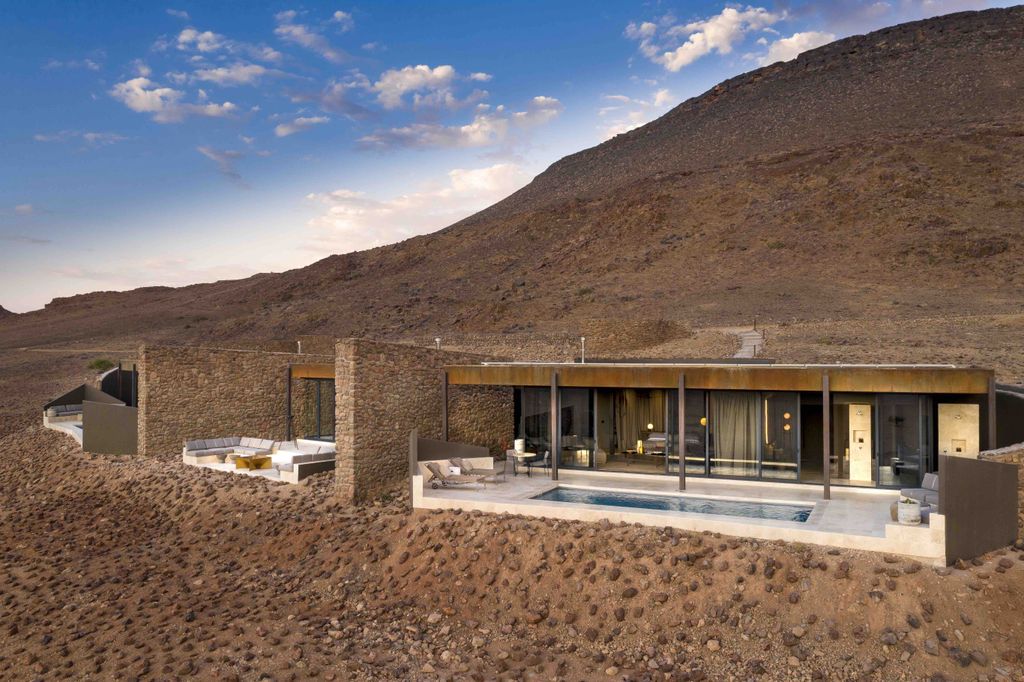The hospitality industry is a realm where meticulous design meets functionality. Central to this aesthetic experience is wallpaper, an often-overlooked component that profoundly influences the ambiance and aesthetic identity of a hotel. As more hotels strive to create a memorable experience, the wallpapers they choose become crucial in embodying their brand ethos and overarching narrative. This exploration delves into the essence of hotel wallpaper—from types and materials to design philosophies, showing how this element is pivotal in hospitality design.
Types of Wallpaper Used in Hotels
Hotel wallpaper can be categorized into several types, each serving distinct purposes while contributing to the overall design narrative.
- Vinyl Wallpaper: This durable, water-resistant option is frequently utilized in high-traffic areas where scuff marks and moisture can damage other materials. Its practicality does not overshadow its versatility in design—vinyl wallpaper is available in myriad patterns and textures, making it a popular choice for both modern and traditional hotels.
- Fabric Wallpaper: Often considered a luxury option, fabric wallpaper offers an unmatched tactile quality. These wallpapers can infuse warmth and richness into a space, making them ideal for boutique hotels or high-end establishments. While they require more maintenance, the elegance they provide is undeniably appealing.
- Natural Fiber Wallpaper: Made from materials like grass cloth, jute, and hemp, natural fiber wallpaper reflects a growing trend towards sustainability. Hotels keen on eco-friendliness often opt for these materials, conveying a rustic charm while promoting a connection with nature.
- Peel-and-Stick Wallpaper: A modern solution, peel-and-stick wallpaper allows for easy installation and removal. This type appeals to hotels frequently refreshing their interior aesthetics without committing to permanent changes. The designs are often innovative and can be ideal for themed rooms.
Material Considerations
Choosing the right material is a fundamental aspect of wallpaper selection in hotels. Aside from aesthetic appeal, the durability and maintenance needs of wallpaper can determine the longevity of the hotel’s visual appeal. For example, vinyl is favored in bustling hotel lobbies, where guests and luggage constantly traverse. This resilience to damage and easy cleanup make vinyl a go-to choice. Conversely, linens and natural fibers might grace the walls of serene, calming spaces such as spas or upscale suites, where the ambiance is paramount.
Additionally, the use of antimicrobial coatings on wallpapers has gained traction, particularly in health-centric accommodations. This innovation not only enhances hygiene but also extends the wallpaper’s lifespan, proving advantageous in maintaining the hotel’s standards of cleanliness.
Design Aesthetics and Trends
The design philosophy behind wallpaper choices in hotels can often reflect broader trends within the hospitality industry. Here are some prevailing themes:
- Biophilic Design: As elements of nature become increasingly valued within interior design, hotels are implementing wallpaper that features botanical motifs or nature-inspired patterns. This not only creates a serene atmosphere but also complements the growing demand for sustainable practices.
- Local Culture and Heritage: Wallpaper designs often weave in cultural motifs that tell a story. Hotels that tap into local artistry—through abstract designs inspired by regional landscapes or traditional patterns showcase a connection to their surroundings.
- Minimalism vs. Maximalism: Contemporary trends have seen a tug-of-war between minimalism—favoring subtle, understated wallpaper designs—and maximalism, where bold patterns and vibrant colors dominate. Depending upon the target demographic and branding strategy, hotels may lean towards either aesthetic to make impactful statements.
Acoustic and Environmental Considerations
Modern wallpaper is not merely a decorative facade; it plays a significant role in the acoustic dynamics of a space. In hotels bustling with human activity, wallpaper can help absorb sound, enhancing guests’ comfort by minimizing noise. For instance, textiles used in fabric wallpapers can create a more serene environment, fostering relaxation and tranquility.
Furthermore, environmentally conscious hotels are leaning towards wallpapers created from responsibly sourced materials without harmful chemicals. This commitment resonates with eco-aware travelers, enhancing the hotel’s brand image as a steward of sustainability.
The Psychological Impact of Wallpaper in Hospitality
While the visual aspect of wallpaper is crucial, the psychological effects are equally significant. Colors, patterns, and textures can evoke emotions and responses from guests. Warm hues can create feelings of comfort and relaxation, while cooler tones might promote calmness. Bold patterns can stimulate energy and vibrancy, enhancing a lively atmosphere in communal spaces. Understanding these psychological dimensions can help designers curate experiences that align with specific goals—be it relaxation, stimulation, or exploration.
Conclusion: The Intersection of Wallpaper and Experience
In a world where experiences reign supreme, the wallpaper in hotels undoubtedly contributes to forming lasting impressions. This seemingly simple design choice embodies deeper meanings and aesthetics, from reinforcing brand narratives to enhancing guest comfort. As hotels continue to innovate and elevate their interiors, wallpaper will remain an essential element—transforming walls into canvases of creativity and inviting exploration. So, the next time you enter a hotel, take a moment to appreciate the walls around you; they hold secrets far beyond mere decoration.

